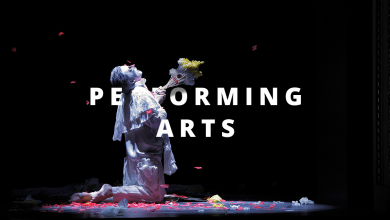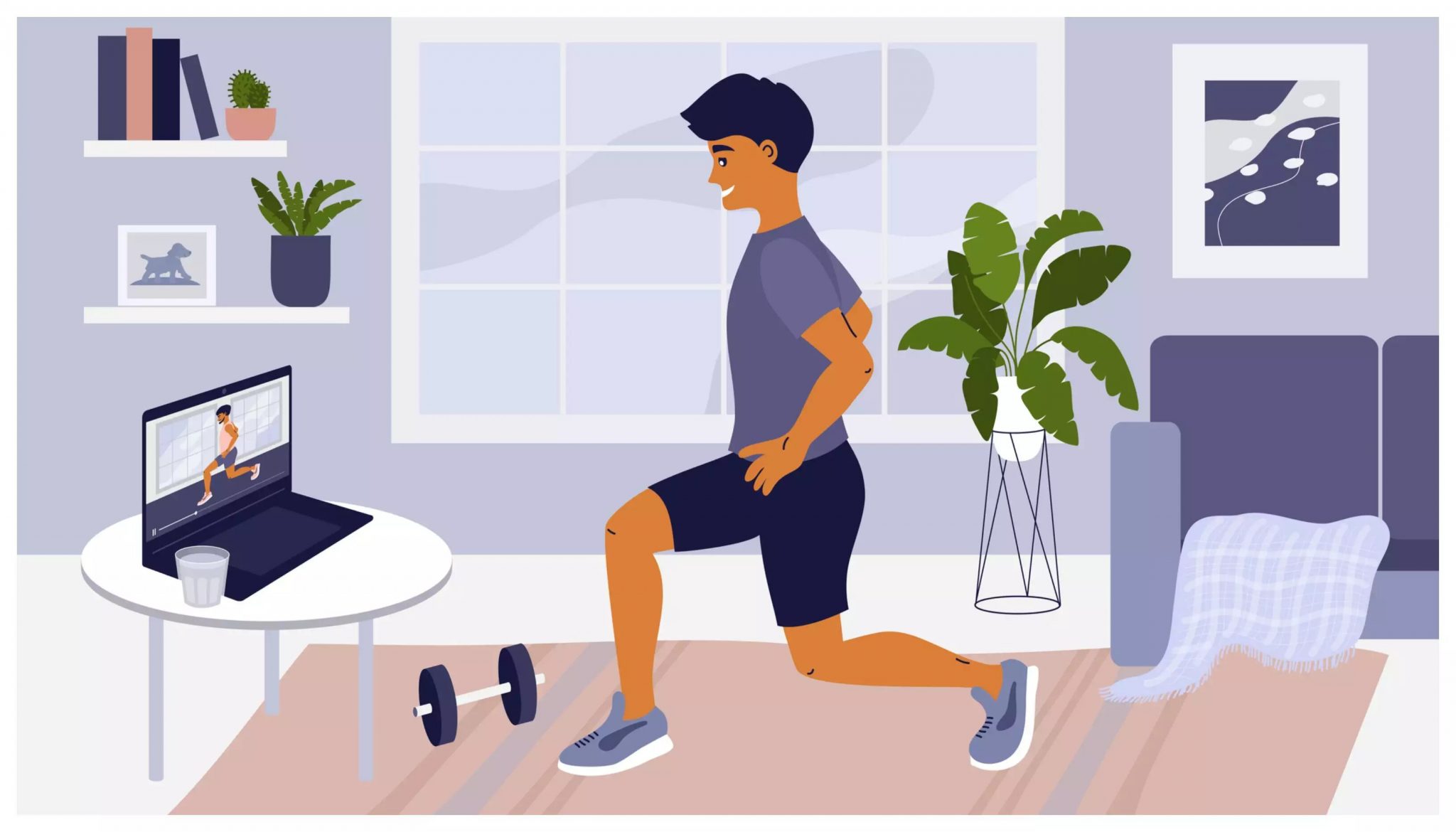8 EFFECTIVE WAYS TO UNEARTH STUDENTS LATENT TALENTS
Index Of The Blog

Sometimes it is difficult to understand ourselves, our thought processes, and our purpose. In a world so diverse it is easy to lose ourselves and blend in with the crowd. It is our talents that make us stand out. Even though they are innate, finding them can take a lifetime. To find a purpose in life, we must understand the importance of being aware of our talents.
Knowing our strengths will make it simpler to decide on a career path or even hobbies. With a perfect idea of what to pursue, you can make every effort to successfully enter any field. It’s well known that the inborn ability to perform a task increases a person’s productivity and efficiency. Talent development can lead to you seeing a clear purpose of what you do and works as an ultimate form of recognition.
However, you can not polish your talents unless they have been realized. But how to go about discovering these talents?
It all starts in your childhood! For this, teachers are the best people to refer to. Often, they are better at understanding our potential than anyone else. Instructors should consider it their responsibility to identify talent and work towards its development to ensure that no ounce of potential talent goes unnoticed. When dealing with special students, this can be an even more challenging task. To make this mission easy, let us look at eight ways teachers can unearth students’ latent talents.
1. Proper training
Training programs like online special education teacher masters are important tools to equip teachers with the right techniques to discover students’ talents. Learning multiple methods of assessment can be helpful for instructors, especially when it comes to students with special needs and abilities.
Understanding another individual is a challenging task, but a trained teacher has the perfect roadmap of doing justice to this responsibility.
2. Ensure a comfortable and motivating environment
To unleash someone’s talent, an accepting and encouraging environment is highly recommended. Teachers should promote the concept of appreciation in the classroom. Unless a student is comfortable, they will not be able to express themselves to the fullest.
Undoubtedly, without expressing our individuality and uniqueness, it is difficult to find our latent talents. The fear of being judged keeps many from being their true selves. To avoid this, a warm and welcoming surrounding is encouraged.
3. Let them share their interests
Activities that involve sharing interests will force students to evaluate themselves. While assessing, they might come across things they like and dislike and areas where they perform well.
Expressing their interests in different ways will give teachers a better idea of which communication medium a student likes. These mediums can be art, speech, music, and many other talents. Expression of individuality should be allowed through all of these mediums.
4. Encourage experimenting
It is common practice for teachers today to ask students to speak in public, give presentations and voice their ideas. But it is only on rare occasions that students are asked to sing, play an instrument, draw or dance.
With a long curriculum to cover, there is no time left for activities that foster talents. Exploring is significant to be aware of activities that exist in the world. Moreover, talents can be unleashed by experimenting, doing a bit of everything, and using trial and error to see what the student is good at.
5. Observe them when they are free
Usually, when we are free, we use the time to do something we like, something we are good at. Someone with excellent control over their voice may hum and sing when they are not occupied. Just like someone good at arts may doodle while taking down notes.
For a teacher, observing students’ hobbies is the perfect way to notice their likes and dislikes. This provides the teachers an idea of the field a student might be interested in. This can be used to arrange activities and situations where their talent is on complete show. Fostering these interests will then be easier, which will lead to talent development.
6. Appreciate participation
Who doesn’t like appreciation and compliments, right? Teachers are role models for students. They hold high regard in a student’s eyes. Receiving a compliment from them for showcasing a skill would be a huge honor for a student. These little experiences of being appreciated might encourage students to perform that activity more often.
The confidence to continue sharing their skills comes from appreciation. A teacher’s response to a student’s performance can make or break their confidence. An unimpressed reaction might discourage them from ever performing again. This aspect should be taken care of more often when dealing with young students in the initial stages of building their personalities, as it can help them realize and hone their inborn talents.
7. Encourage progress, not perfection
Teachers wish for their students to be perfect at what they are doing. If they are not perfect, they are not considered bright. However, it is important to understand that only practice can lead to perfection.
Discouraging a student in the initial stages because they are not perfect will hamper their growth. How will a teacher unearth a talent whose foundations have been broken before even being strengthened? The tiniest progress made by a student should be celebrated. Perfection is bound to come with time if you aim for progress.
8. Provide individual attention
Individual attention usually makes a student feel important and welcomed. These feelings raise a student’s self-esteem, which encourages them to openly express what they like. What they like might be their talents that they are not aware of.
Usually, the topper in a class is the center of the teacher’s attention. Doing well academically is not the only way of becoming noticeable. Other activities and skills also make students unique and special. To ensure that none of this talent goes to waste, the instructor must pay equal and individual attention to everybody.
Conclusion
To conclude, it is safe to say that it is always a challenge for an individual to understand others to such depths. When it comes to students, who are also in the process of constantly changing, the challenge can become even more demanding. A students’ outlook on their capabilities completely depends on how their teacher notices their skills to foster talents. However, these steps pave the perfect way to completing the task successfully and mastering the art of unleashing students’ latent talents.












